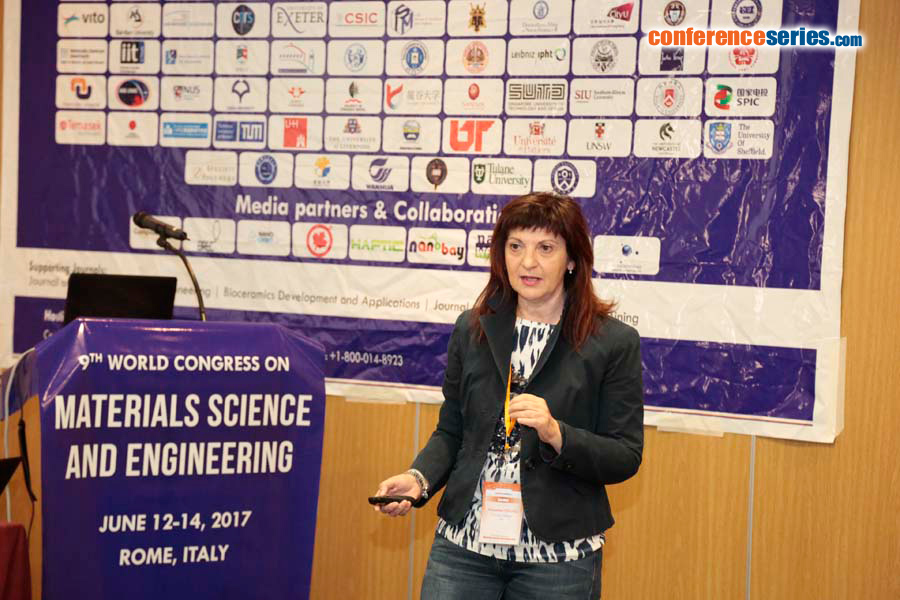
Antonina Pirrotta
University of Palermo, Italy
Title: A new perspective for analyzing experimental tests on biomaterials
Biography
Biography: Antonina Pirrotta
Abstract
Given the increasing interest for the biomaterials in medical and engineering field, the objective of this talk is the theoretical and experimental analysis of the biomaterials in order to define experimental procedures and mathematical models suitable for their mechanical characterization. The biomaterials exhibit a rheological behavior intermediate between that of purely elastic materials and that of the purely viscous materials and therefore are called viscoelastic ones. In the past the “classical” models as Maxwell and Kelvin-Voigt have been used to capture viscoelastic phenomena. However, these models are not consistent to model the viscoelastic behavior of real materials, since the Maxwell type can capture the relaxation tests only and the Kelvin-Voigt the creep tests. A more realistic description of creep and/or relaxation is given by a power law function with real order exponent. As soon as we assume a power law function for creep, the constitutive law relating deformation and stress is ruled by a Riemann-Liouville fractional integral with order equal to that of the power law. In this regard, recent studies have been stressed that the most suitable model for capturing the viscoelastic behavior is the spring-pot, characterized by a fractional constitutive law. Based on the aforementioned considerations, it is apparent that the need of theoretical as well as experimental development and exploration of materials with novel physical characteristics. For instance, if the giant grass Arundo donax (AD) has to be characterized; then, attention is devoted on searching a proper model for characterizing the behavior of giant reeds. To aim at this, firstly, meticulous experimental tests have been performed in the Laboratory of structural materials of University of Palermo. Further a novel aspect of using an advanced Euler-Bernoulli model to fit experimental data of bending tests will be introduced.
Recent Publications:
1.Celauro C, Fecarotti C, Pirrotta A (2017) An extension of the fractional model for construction of asphalt binder master curve. European Journal of Environmental and Civil Engineering 21(1): 78-93.
2.Di Lorenzo S, Di Paola M, La Mantia F, Pirrotta A (2016) Non-linear viscoelastic behavior of polymer melts interpreted by fractional viscoelastic model. Meccanica, DOI: 10.1007/s11012-016-0526-8
3.Bucher C, Pirrotta A (2016) Dynamic finite element analysis of fractionally damped, structural systems in the time domain. Acta Mechanica 226(12): 3977-3990.
4.Pirrotta A, Cutrona S, Di Lorenzo S, Di Matteo A (2015) Fractional viscoelastic Timoshenko beam deflection via single equation. International Journal for Numerical Methods in Engineering 104(9): 869-886.
5.Cataldo E, Di Lorenzo S, Fiore V, Maurici M, Nicoletti F, Pirrotta A, Scaffaro R, Valenza A (2015) Bending test for capturing the vivid behavior of giant reeds, returned through a proper fractional viscoelastic model. Mechanics of Materials 89: 159-168.


